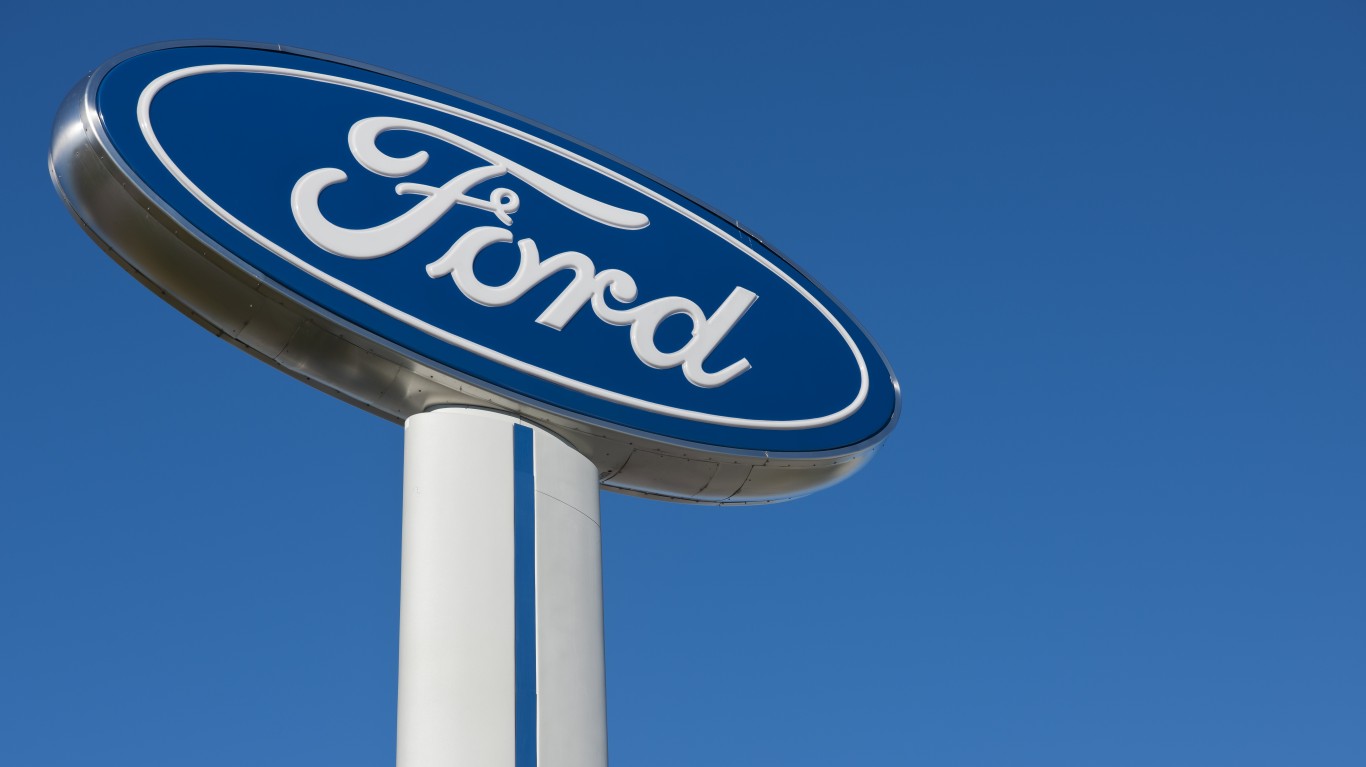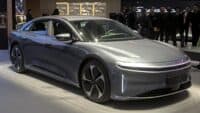HSBC China Manufacturing Purchasing Managers’ Index posted a better-than-expected number of 50.9 for December. The manufacturing sector of the People’s Republic is on the mend. At the same time, the Bank of Japan reported that business confidence fell to -12 last quarter, by its measurement a sickening decline. The world’s second and third largest economies continue to have divergent growth paths as what was once considered the world’s hottest manufacturing nation posts a rapid contraction in that sector.
The ready answer for the difference in the economies of the two nations is the shift from Japan’s role as the world’s least expensive large manufacturing center to one in which the cost of labor has become extremely high. China took on that position because it has a cheap labor force, much of it built by the movement of rural residents to manufacturing centers. The cause is not that simple.
Japan’s large manufacturers had the benefit of huge repositories of intellectual property created by the companies themselves. The nation’s largest companies had an ability to build products from cars to consumer electronics with skills, in some cases, much better than those of U.S corporations. The foundation of that advantage was phenomenal and well-funded R&D. Japanese companies built portfolios of patents, many of which represented a profoundly deep commitment in innovation.
Ironically, China has not pressed R&D advantages much. Its ability to build and market finished goods is based on the accessibility of innovation, not created by it, but to which it has access. China basically has imported intellectual property. Some of this IP has been freely given to Chinese companies so that they may manufacture better products, often for U.S. companies that have taken advantage of a marriage of their R&D and China’s efficient manufacturing system. In addition, China does little to block the stealing of innovations created abroad.
An example of innovation exported to China as an aid for manufacturing is General Motors Co.’s (NYSE: GM) factory base in the People’s Republic. GM has built unusually efficient factories, created to a substantial extent on its multidecade expertise in the process of building cars and light trucks. Local partners operate many of these car manufacturing facilities. They have learned what GM has created from R&D over long periods. There is some concern that local car companies eventually will push GM out of the market and use its expertise to help the growth of manufacturers owned by local interests.
An example of out right piracy effects Microsoft Corp.’s (NASDAQ: MSFT) business, or lack of one, in China. Local tech companies have co-opted products such as Windows and sell their own versions of the software, keeping all the revenue and profits. China has effectively refused to police this process, leaving in-country firms to capitalize on innovations made in America.
Japan has a legal system that prevents piracy of intellectual property created beyond its borders. Its car companies and electronics firms have been accused of benchmarking things like U.S. car manufacturing, but no Japanese firm has outright taken facilities that operate based on innovation built in America.
China’s growth owes itself in large part to the globalization of intellectual property, taken either freely or stolen. Thirty years ago, those practices were not adopted by Japanese companies. And Japan has paid a price for that.
Douglas A. McIntyre
Are You Still Paying With a Debit Card?
The average American spends $17,274 on debit cards a year, and it’s a HUGE mistake. First, debit cards don’t have the same fraud protections as credit cards. Once your money is gone, it’s gone. But more importantly you can actually get something back from this spending every time you swipe.
Issuers are handing out wild bonuses right now. With some you can earn up to 5% back on every purchase. That’s like getting a 5% discount on everything you buy!
Our top pick is kind of hard to imagine. Not only does it pay up to 5% back, it also includes a $200 cash back reward in the first six months, a 0% intro APR, and…. $0 annual fee. It’s quite literally free money for any one that uses a card regularly. Click here to learn more!
Flywheel Publishing has partnered with CardRatings to provide coverage of credit card products. Flywheel Publishing and CardRatings may receive a commission from card issuers.
Thank you for reading! Have some feedback for us?
Contact the 24/7 Wall St. editorial team.




